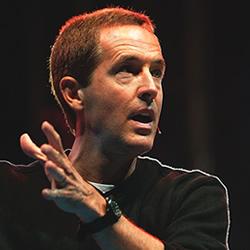Staying in Love
Recently, I was preparing for a message series called “Staying in Love”. It was all about how to not just Fall in Love but what it takes to Stay in Love. I began studying Philippians 2:4.
“Each of you should look not only to your own interests, but also to the interests of others.”
I heard Andy Stanley talk about how when you first fall in love with a person, you become interested in what that person is interested in. However, over time we begin to stop pursuing what our partner is interested in. In order to stay in love we must make the choice to continue to pursue the interests of our partner. I thought back to when I first met my wife. She was interested in Tennis. I didn’t even own a tennis racket. But all of a sudden, I became interested in tennis. I looked forward to playing tennis because we were falling in love. However, over time my interest in tennis began to fade. Typically we quit pursuing the interest of our partner once the initial excitement and newness of the relationship wear off. In order to Stay in love we must choose to continually pursue our partner’s interests. When I began to study this passage, I went out and bought my wife and I tennis rackets. What I have found is that as I have made the choice to pursue my wife’s interest in tennis I have genuinely grown to enjoy tennis. What I learned is that sometimes when we choose to pursue your partners interests they actually become our interests.
Then I began to think about a scripture that said:
“Delight yourself in the LORD and he will give you the desires of your heart.” Psalm 37:4
Some people think that this scripture means that if you love God enough he will give you whatever your heart desires. But when I studied this passage I found that it really meant that when you pursue God and his interests overtime God will change your heart. Your heart will desire what God desires. It was just so amazing to me that the same principle that applies to pursuing the interests of our partner applies to what happens when we choose to pursue the interests of our heavenly father.


 These are some notes I took from Andy Stanley’s talk at Catalyst One Day. I hope they are helpful.
These are some notes I took from Andy Stanley’s talk at Catalyst One Day. I hope they are helpful.